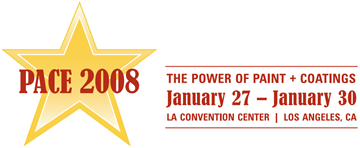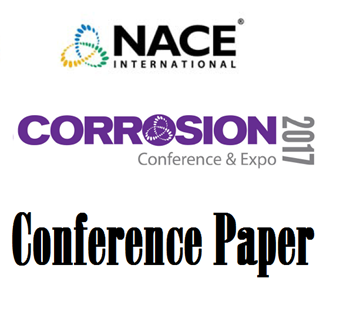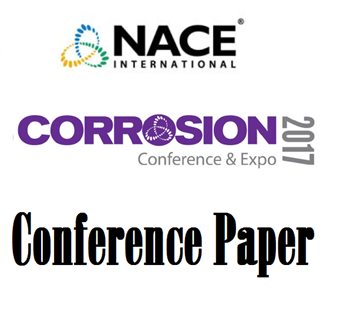Search
Individual Conference Papers
View as
Sort by
Display
per page
Understanding Adhesion Test Data - The Importanceof Round Robin Evaluations
Product Number:
41208-455-SG
Publication Date:
2008
$20.00
Understanding Alkalinity for Use in Corrosion Prediction
Product Number:
51324-21064-SG
Publication Date:
2024
$40.00
Understanding and Addressing the Challenges of Assessing the Corrosion Fatigue of Metallic Materials
Product Number:
51317--8918-SG
ISBN:
8918 2017 CP
Publication Date:
2017
$20.00
Understanding Atmospheric Corrosion Damage On An Aircraft Representative Galvanic Specimen: A Two-Pronged Approach That Combines Modeling With Experimental Measurement
Product Number:
51322-17638-SG
Publication Date:
2022
$20.00
Understanding Carbon Steel Corrosion and Inhibition in Deep Pit-Like Features Under Thick Deposit Layers
Product Number:
51323-19284-SG
Publication Date:
2023
$20.00
Understanding Effect Of Scribe Method On Variability In Accelerated Corrosion Test Results
Product Number:
51322-17897-SG
Publication Date:
2022
$20.00
Understanding Effective Corrosion Inhibitor Performance For Oil Pipeline Transport Using Innovative Residual Analysis Techniques
Product Number:
51321-16752-SG
Publication Date:
2021
$20.00
Understanding Insulation Chemistry Proven to Inhibit Corrosion Under Insulation (CUI)
Product Number:
51317--8876-SG
ISBN:
8876 2017 CP
Publication Date:
2017
$20.00
Understanding Materials Testing as it Relates to Product Evaluation and Selection in the Polymeric Flooring and Coatings Industry
Product Number:
41214-856-SG
Publication Date:
2014
$20.00
Understanding of Corrosion Inhibitor Behavior through Interaction between Stearic Acid and Alkane
Product Number:
51324-20900-SG
Publication Date:
2024
$40.00
Understanding of the Co-deposition of Calcium Sulfate and Calcium Carbonate Deposition in ESP
Product Number:
51321-16296-SG
Publication Date:
2021
$20.00
Understanding of the Differences on CaCO3 and CaSO4 Control by Diethylenetriamine Penta (Methylphosphonic acid) before and after Thermal Aging
Product Number:
51323-18789-SG
Publication Date:
2023
$20.00












